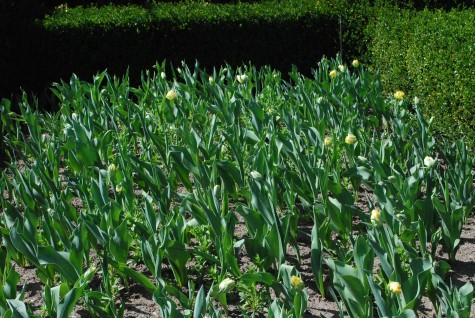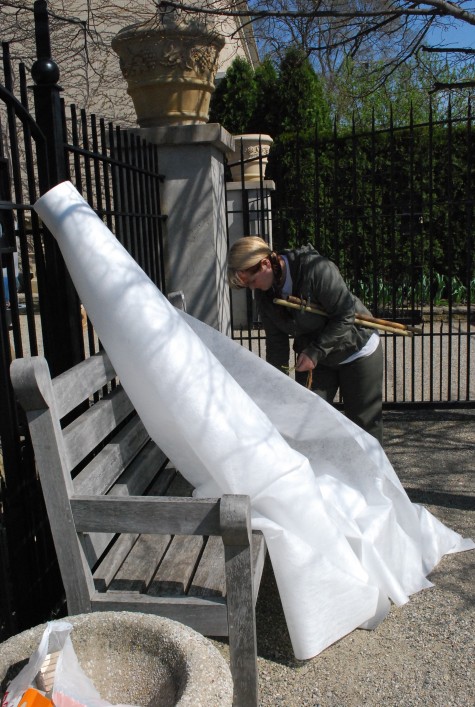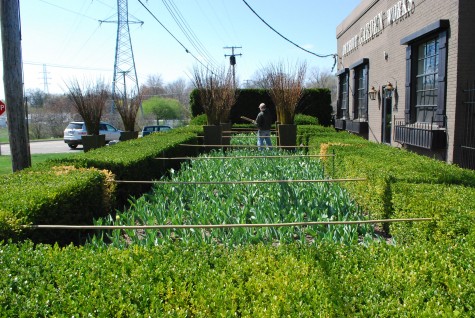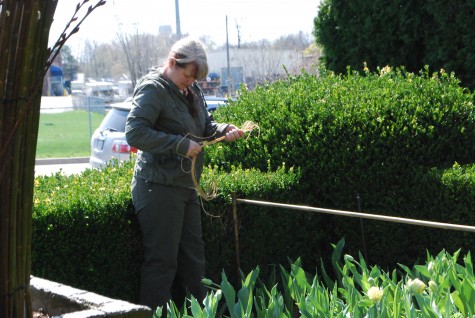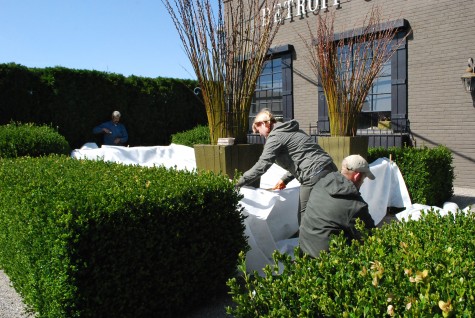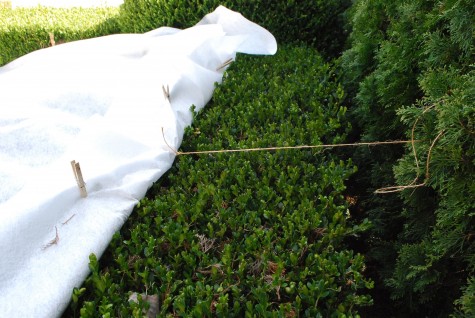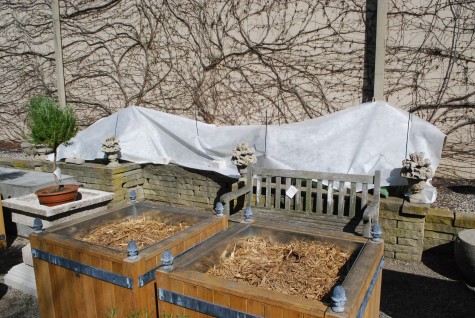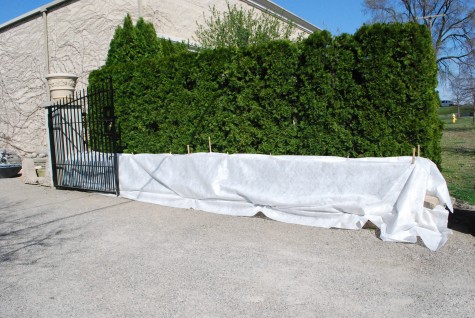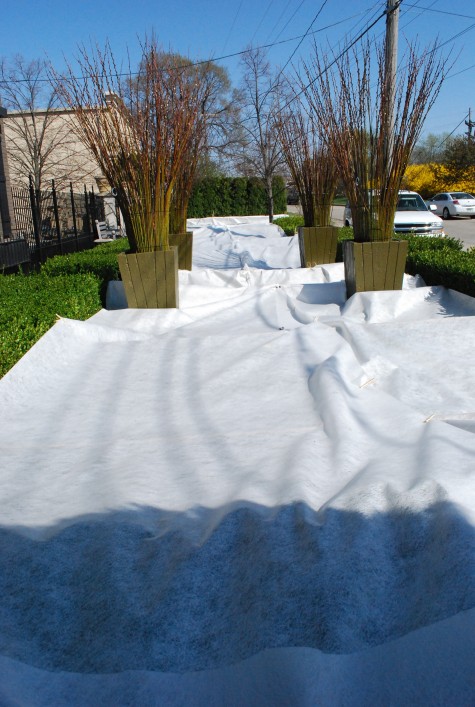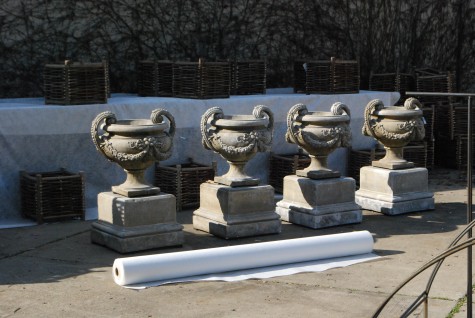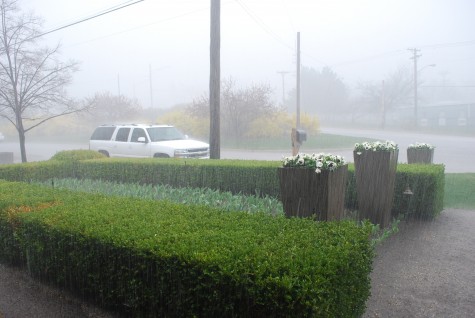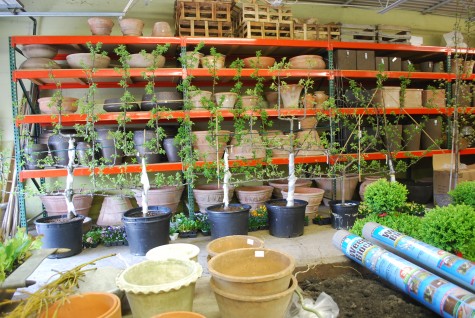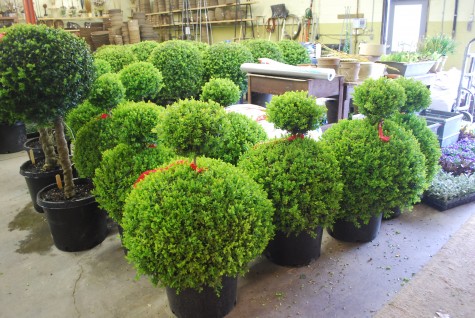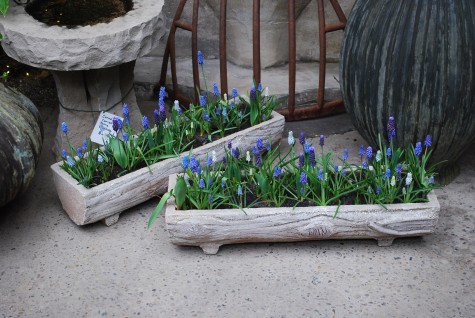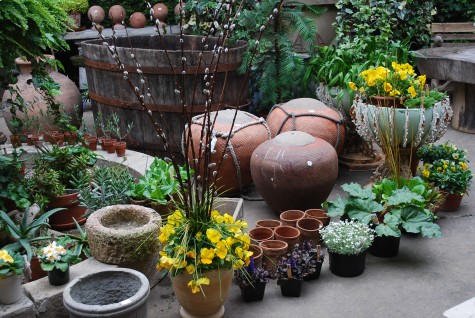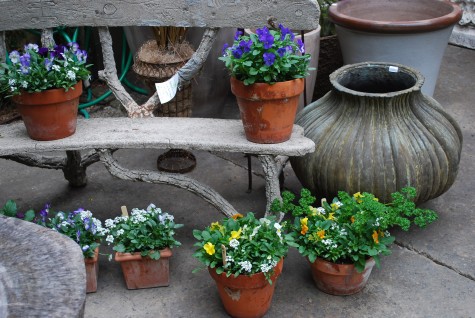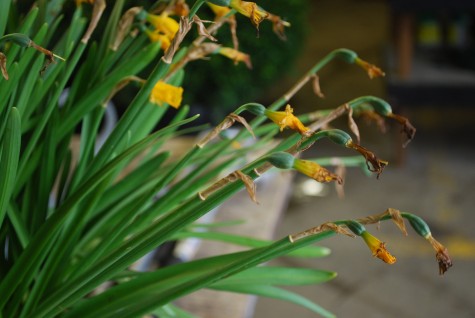By the time I publish this post about fending off a hard freeze, it will be too late to be of any help to anyone. I do not blame myself. I have no insider information regarding the weather. Nor do I have a vote in the nature congress. A greatly talented gardener/writer from Kansas who writes the blog My Education Of A Gardener addresses the issue succinctly- Nature bats last.
Nature batting last is on the minds and hands of gardeners throughout the midwest and northeast tonight. Not that passionate gardeners need any help from me when faced with a crisis. Most gardeners I know are hard working, resourceful, independent-and very hard working people. While they were all about planning to fend off the freeze forecast for tonight on their own, so were we.
I have 2500 tulips budding, and showing color, givcn our extraordinarily warm March. Did I have a plan to protect them overnight-yes. Covering plants that might be damaged by frost is a good idea. Leaves might sustain damage, but buds subjected to very cold temperatures will die, and drop. The exact science of it-I will not bore you. Suffice it to say that a newly emerging spring leaf that is subjected to bitter cold-I am quite sure you have seen that green black mush that is a frozen through plant.
Covering our tulips was one part engineering, and 5 parts work. Cice had it all in hand. After all of her work today, I am sure she went home, and repeated the same process to protect her own garden.
Row cover was designed to protect crops planted early. This non woven fabric is lightweight. It is a heavy weight in the protect the plants realm. The plants underneath a row cover benefit from a 10 degree increase in temperature. Row cover was the order of our day.
Ten degrees warmer makes a considerable difference. Row cover is worth the effort. The winds usually associated with late winter/early spring trouble pose a problem for this lightweight protection. That said, we secure the frost cover in every way that we can. A frost cover flapping and beating the plants underneath can cause more damage than the freeze.
Our defence is simple. Cover the plants. Secure the edges. Batten down the hatches.
This may look like a lot of trouble over a few tulips, but we value every season. There is no season we would want to do without. Tonight’s low temperatures may devastate farms with fruit trees, early crops, botanical gardens, and those little gardens that you and I tend. Tomorrow’s news will tell the tale. But tonight I feel better, knowing we have protected our plants.
At the shop, we have moved as much in as possible. We have covered what we could, in the best way we know how.
We have spring plants under this bench for the night. I am sure they will be fine. As for my own garden, I am worried. There is much I cannot cover.
